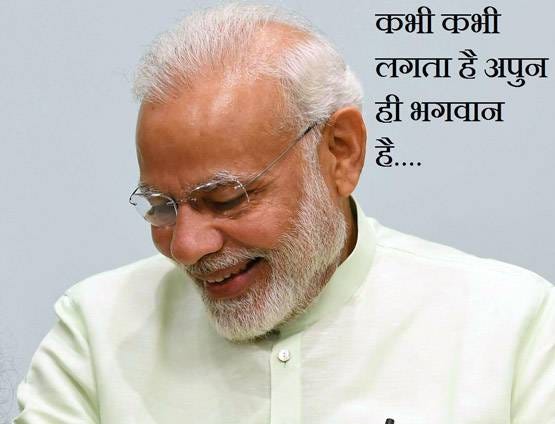From Consulting & Private Equity to Systems Design: The Next Act
Reimagining systems, finance, and the search for resilience: Farewells and a prologue for what's coming
Farewells and transitions often prompt introspection—an inventory of ideas, paths crossed, and moments when the world cracks open, revealing new ways of seeing.
Act I: The Inciting Incident
Over the last two years at Bain, and in the many years leading up to it, I’ve found myself at the crossroads of consulting and academia. At Bain, I crafted our flagship private equity reports during the watershed years of 2021 & 2022 for India PE, with $70B and $62B in investments, evaluating assets on their commercial potential (and ESG), and developing value creation blueprints.
In parallel, I’ve had the privilege of shaping conversations that stretch beyond profit margins—engaging with global health commissions, including the Lancet, to design simulations for healthcare policy, driving Bain’s pro-bono work to improve women’s labour force participation in India, and building a theory of change for the inclusion of children with disabilities. Alongside, I have run Systems Thinking courses at IIM Calcutta, published perspectives on Systemic Resilience (link redirects to Springer), and shared new ways of looking at complexity at select conferences. It has been, in many ways, a Hammer & Dance—a dynamic tension between ‘action’ and ‘reflection’, amidst business frameworks and the pursuit of deeper truths about human nature, stressed ecosystems, and a dawning understanding of the systems that drive our world.
The Dramatic Question. Yet, as is the case with all complex systems, many threads of my work remain unfinished—fraying further into potential directions for which one life is too short. The tension of choice—the friction between infinite possibilities and finite time—continues to press harder.
Act II: The Rising Action
“Energy is the ultimate currency, not money. The decision of what we put at the center of our models dictates what we get out of them.”
This idea, shared by Kate Raworth in Doughnut Economics, has been with me for some time. If energy is the driving force behind all systems, then perhaps we need to redesign our frameworks to prioritize it. Standing on the threshold of this next phase, it’s become clear that my energy is raring to take me elsewhere—to a space where I can design for complexity itself.
A Systems Lab. I’ve dreamt of building a Systems Lab for years (inspired by Edison’s Menlo Park)—a place where data, design, and complexity converge. Borrowing from Bateson’s metaphor of “Warm data’1 amid the cold, vast reservoirs of big data, this lab will tackle problems too nuanced for PowerPoint decks, focusing on designing systemic resilience. The goal: to address challenges like healthcare ecosystems, supply chains, and financial models that tap into superlateral value by betting on nuanced futures.
Why systems? The dynamic complexity of the world demands a new science—one with an updated language for communication and a renewed approach to design. As Alan Kay (pioneer of GUI) put it, “Simple things should be simple, and complex things should be possible.” Systems thinking embodies this principle.
As I write this, an offshoot of my work on health financing (through commercial health insurance) is nearing completion (a simple simulation model is linked here). Two other projects—one on ESG frameworks for value creation and another on Project Management in construction—are taking shape.
Act III: The Next Act—A Career Phase Shift
In this arc of my career, I’ve realized something fundamental: the systems that shape our world all converge around finance. The flow of capital governs the distribution of resources, the creation of value, and ultimately, how systems evolve.
My move into Bain’s PEG (Private Equity Group) was driven by a desire to get closer to the heart of investor decision-making. Working alongside global PE giants and Indian investors exposed me to the financial forces shaping industries and economies, and for that, I am grateful to Bain’s Private Equity ringfence. Finance isn’t just about money; it’s about energy—the lifeblood of economies, industries, and societies that shapes the landscapes it touches. Understanding how capital creates, sustains, or disrupts value is key to designing systems with long-lasting impact. In PEG, finance wasn’t just about analyzing deals—it was about redesigning incentives to enhance (and protect) value (α) and improve predictability (β).
However, I believe that incentives for value don’t end there. The real future lies at the intersection of Finance x Systems Design, where incentives drive positive human outcomes.
A key question: How do we reshape finance to drive resilient and anti-fragile systems that thrive through volatility?
In the next few years, I will continue deeper research into how reimagining finance can reshape the systems we depend on.
Closing thought: A resolution
“In the midst of winter, I found within me an invincible summer.”
— Albert Camus
Though I depart from Bain, the journey continues. This is the final act of one story—but the prologue of another. I carry with me the absurdity, depth, and beauty of our work—forever seeking the warmth in this season of change.
As I transition into this new phase, I’ll continue sharing my reflections and discoveries here on Substack. If you’re curious, do stay connected—whether as a collaborator, partner, or simply a curious mind—my calendar is open below. :)
If you’ve read so far, I invite you to read this tragicomic take on the Covid experience:
Pandemonium
May seem to contain tongue-in-cheek references to people living or dead, but of course that must be a mirage projected by your mischievous or sensitive mind, as this writer never intended to get in trouble for her (inoffensive) thoughts on real life.
'Ideas', Limits to Growth & Non-Zero sum games: A Nobel-winning thesis
Today, I’m pulling an old note from my archives about a Nobel Prize-winning work, that draws the relation of prosperity & progress to ideas, and reveals their potential to rescue humanity from the rhetoric of ‘us vs them’ thinking.
Warm Data is described as the "invisible infrastructure" underpinning human systems. Much like dark matter, which makes up 85% of the universe yet remains invisible, Warm Data represents the unseen, relational dynamics that shape social, economic, and environmental systems. It includes the context, relationships, and subtleties that traditional data often misses. Without understanding these hidden connections, our interventions in human systems risk being superficial or ineffective.




